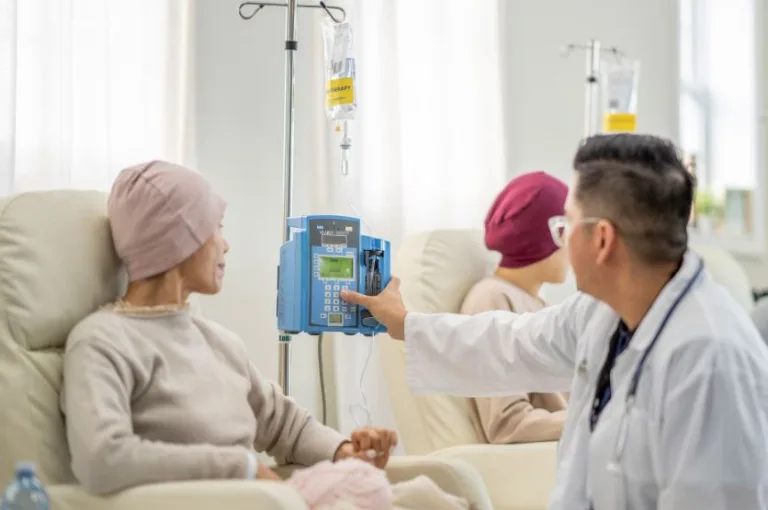PPEC: A Lifeline for Medically Fragile Children and Their Families
What is PPEC?
Prescribed Pediatric Extended Care (PPEC) refers to non-residential, medically-supervised day-care-style programs for infants, children, teens, and young adults (typically birth–21 years) who have complex medical needs. These centers provide nursing care, therapies such as physical, occupational, and speech therapy, as well as socialization and developmental supports in an environment far more specialized than traditional childcare. Their primary goal is to ensure children who are medically or technology-dependent—those requiring feeding tubes, ventilators, tracheostomies, or oxygen—can receive high-quality, professional care during the day in a safe, nurturing setting. This not only allows parents or guardians to attend work or school but also reduces caregiver fatigue while enabling children to experience peer interaction and developmental engagement in ways that are often missing in hospital or in-home care.
Why PPEC Matters
Children living with complex medical conditions often face substantial obstacles including frequent hospitalizations, difficulty coordinating in-home nursing, limited opportunities for social interaction, and significant caregiver stress. PPEC centers help overcome these barriers by offering skilled nursing and medical oversight in a structured, yet nurturing environment. This reduces the need for constant home nursing or repetitive hospital visits. Additionally, PPEC centers often integrate therapy and developmental support into daily activities, allowing children to grow emotionally and developmentally while receiving the medical care they need. Families also benefit from these services as they can find reassurance knowing their child is in professional hands throughout the day, significantly alleviating the burden of around-the-clock caregiving.
Who Qualifies for PPEC?
Eligibility for PPEC programs varies by state, but the common requirements generally include having a medically complex or fragile condition that necessitates skilled nursing interventions. This might involve the use of special equipment such as ventilators, tracheostomy tubes, or feeding tubes, along with frequent health monitoring. Eligible children are typically medically stable enough to attend a day-program but still require regular medical oversight. These services are often available to children up to the age of 21. Most families that qualify are Medicaid-eligible or have insurance plans that cover PPEC services. A critical component of eligibility also includes a physician’s prescription or formal order recommending the child for PPEC services based on medical necessity. It’s important to check state-specific regulations, as licensing criteria, service hours, and payment coverage can vary widely.
What Happens in a PPEC?
A typical day in a PPEC center is both structured and flexible, carefully tailored to each child’s unique medical and developmental needs. Skilled nursing care is central, with trained staff administering medications, monitoring vital signs, and managing equipment such as ventilators, trachs, or feeding tubes. These centers also incorporate physical, occupational, and speech therapies into daily routines, ensuring children receive consistent, targeted support without needing to leave the facility for additional appointments. In addition to the medical and therapeutic components, PPEC centers offer age-appropriate social and developmental activities. Children can interact with peers, participate in creative play, and engage in early learning opportunities, contributing to their cognitive and emotional development. Many centers also provide transportation services, offering medically-equipped transit to and from the facility to help families manage logistics. Furthermore, parents and caregivers remain an essential part of the care team, staying informed and involved in the child’s progress and care coordination.
Benefits & Outcomes
The benefits of PPEC extend beyond clinical care, touching nearly every aspect of a child’s and family’s life. For the child, the consistent access to nursing support and therapy in one centralized location means fewer hospital visits, reduced medical disruptions, and more opportunities to develop social and emotional skills. The exposure to peers and educational stimulation also helps medically fragile children build a stronger foundation for growth. From a family perspective, the relief is profound. Caregivers are able to return to work, pursue education, or simply take needed rest, knowing that their child is receiving high-quality care in a secure and supportive environment. The availability of professional medical staff often results in fewer emergency room visits, reduced stress, and an overall improvement in family dynamics and quality of life. For many families, PPEC becomes more than just a service—it’s a vital part of their support system.
Important Considerations & Tips for Parents
When choosing a PPEC center, several factors should be considered to ensure it’s the right fit for your child. First, evaluate the staff’s level of expertise and experience with complex pediatric care. Nurses, therapists, and aides should be well-versed in handling specialized medical conditions. The child-to-staff ratio is also important—smaller groups often lead to more personalized and attentive care. Examine the range of services offered to ensure that your child’s needs, from respiratory support to therapy, are met effectively. The overall environment should be clean, welcoming, and designed to support both safety and socialization. Additionally, confirm whether the center provides transportation and how those services are staffed to ensure safe transit. Communication is another key element; parents should expect regular updates, access to care plans, and collaborative involvement in decision-making. Finally, understanding the financial aspect is critical. Confirm whether the center accepts Medicaid, private insurance, or offers assistance programs, and clarify any potential out-of-pocket costs.
Challenges and Limitations
While PPEC programs are immensely valuable, they do come with certain limitations. Access can be a challenge, as some regions may have limited availability, waitlists, or only a handful of centers. The hours of operation are typically limited to daytime hours—often up to 12 hours per day—meaning they may not provide support for overnight care. Additionally, not every medically fragile child qualifies. If a child’s condition is too unstable, they may require a higher level of continuous care than what PPEC can safely offer. Transition planning is another potential challenge. As children age out of the program, families must navigate the move to adult care services or find alternative arrangements that maintain continuity of care. Coordination remains essential, as families still need to manage appointments and communication among multiple providers, even with the support of a PPEC. While not a complete replacement for all home-based services, PPEC is a powerful supplement that fills a significant gap in the pediatric care continuum.
Conclusion
PPEC programs serve as a crucial bridge between hospital care and home life for children with complex medical needs. They combine skilled nursing, therapy, developmental stimulation, and peer interaction in a safe, supportive setting designed specifically for medically fragile children. The impact is far-reaching: improving quality of life for the child, reducing caregiver stress, and often minimizing unnecessary hospital visits. For families seeking a holistic, professional care environment that understands and supports their unique challenges, PPEC can truly be a lifeline. If you’re considering care options for a medically fragile child, exploring a PPEC program may open the door to new possibilities for support, growth, and peace of mind.





